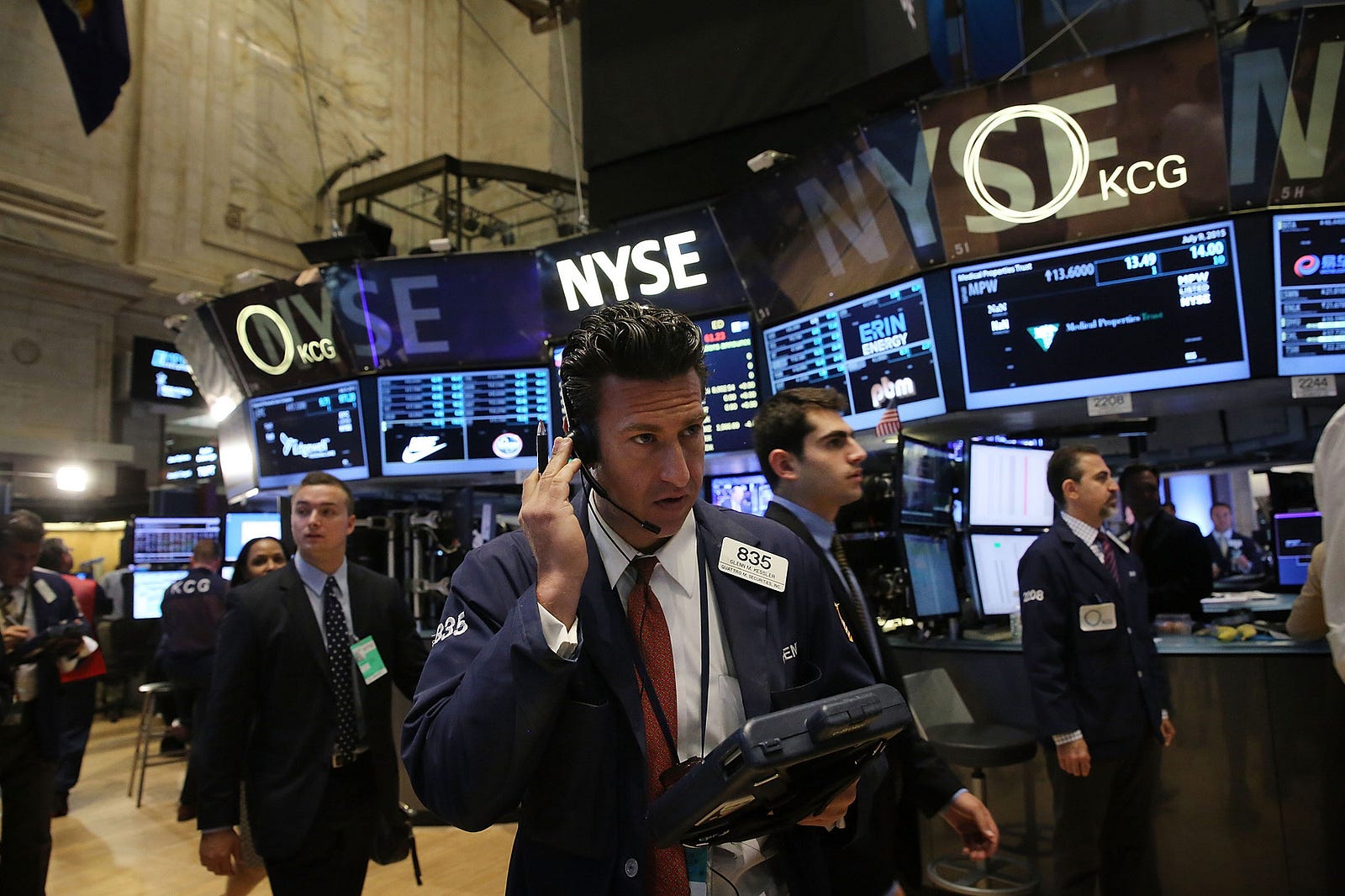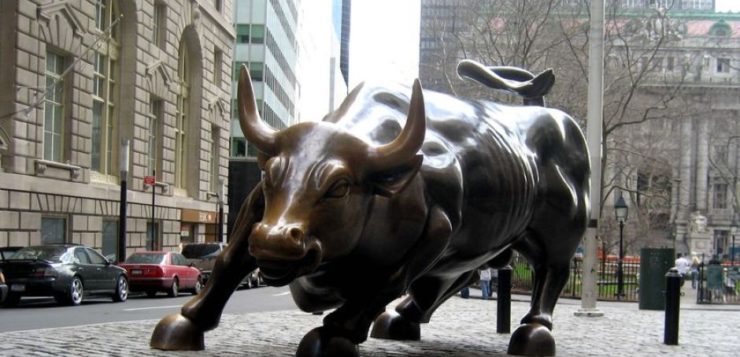As the leaves in New York’s Central Park started to turn an auburn shade, in a small, but well appointed office in Manhattan’s Upper East Side, James Finley had anything but the changing seasons on his mind.
Taking off his thick-rimmed glasses, the 54-year-old Finley chewed on the end of one of them, a habit he had whenever he was faced with particularly challenging accounting issues.
A chartered accountant, Finley, who grew up in a middle class family from the Bronx had worked hard, earning a full scholarship to Columbia’s Business School where he graduated with top honors.
Many of Finley’s clients were wealthy banking and finance-types (and their divorcees) and many of them found the location of his office in New York’s ritzy Upper East Side, a convenient limo ride away.
But in the dying days of summer in 2008, Finley was more concerned about the portfolio of many of his client’s securities and how they were being valued than he was about his client’s commute to his office.
Because many of Finley’s clients were “accredited investors” (investors who have specified levels of income and/or assets) they had access to some of the most lucrative, but also difficult to value investments that Wall Street had to offer.
The issue for Finley on this late summer evening in 2008 was that many of the mortgage-backed securities his clients had dabbled in were difficult to “mark-to-market” — meaning that it was difficult to get an accurate value of the securities in a client’s portfolio, which made it difficult to assess a client’s tax exposure.
But what Finley was more concerned about was that if he was experiencing difficulty determining a value for many of these securities, what about the rest of the market?
Finley realized that the value of many of these securities, from credit default swaps (CDSs) to collateralized debt obligations (CDOs), were not only difficult to value, if they ever needed to be liquidated, it wasn’t apparent if there was even an immediate market for them — what is known as liquidity risk.
And it was the sheer size and volume of such securities that particularly concerned Finley, because a failure of one might result in consequent failures that would reverberate through the financial markets, with untold and unforeseeable consequences — what is known as systemic risk.
The causes of the financial crisis have been well documented — from the lack of regulation, to the opacity and interconnectedness of exotic securities and derivatives.
But what perhaps regulators and even the financial institutions that precipitated the financial crisis themselves never anticipated was how a supposedly small corner of the financial system, tied to the U.S. housing market had created systemic risk throughout the global financial system.
Fool Me Once Shame On You, Fool Me Twice Please
And despite creating the framework that allowed banks to precipitate the financial crisis, the Basel Committee on Banking Supervision (BSBC) now believes cryptocurrencies (which at last glance had a market capitalization of just US$1.3 billion) may pose systemic risks to the financial system.

Very scary.
Last Wednesday, the Basel-based committee, which includes 28 central bankers and bank supervisors from the world’s most financially-advanced countries, including the United States, European Union and the United Kingdom, issued a statement that cryptocurrencies and cryptocurrency exchanges could “increase risks,” for banks.
But it may be the other way around. Banks may actually jeopardize global financial stability by leveraging the technology behind cryptocurrencies.
The BSBC statement, is a 180-degree turnaround from a year ago, when cryptocurrencies were soaring high on speculative fever and when the BSBC dismissed cryptocurrencies as posing any sort of systemic risks to the global financial system.
Game On
And while the about turn comes after a series of collapses at several smaller cryptocurrency exchanges, the likely impetus by the BSBC to issue the statement is as a result of banks becoming more active in the trading and custodying of cryptocurrencies.
As retail investment into cryptocurrencies has ebbed, a new wave of institutional interest in cryptocurrencies has risen to take its place.

“Would you like a side of fries with your order?”
Current Basel rules on bank capital do not specifically refer to cryptocurrencies or digital assets, but do call for minimum capital and liquidity requirements for “other assets.”
And just like CDOs and CDSs which were unregulated, cryptocurrencies have proven far too attractive for banks and other financial institutions to ignore completely.
Several weeks ago, JPMorgan, led by long-time Bitcoin skeptic Jamie Dimon announced that it was issuing its own cryptocurrency, the “JPM Coin” which would be used for trade settlements between institutional investors.
Yet the BCBS is providing even less clarity than regulators as to how to deal with cryptocurrencies, preferring the term “cryptoassets.”
“Such assets do not reliably provide the standard functions of money and are unsafe to rely on as a medium of exchange or store of value.”
“Cryptoassets are not legal tender, and are not backed by any government or public authority.”
The BCBS statement does little to clarify the definition or classification of cryptocurrencies and may instead contribute further to institutional interest in cryptocurrencies, but for all the wrong reasons.
Because if cryptoassets were considered a “currency,” there are already established liquidity and capital requirements governing their trading, treatment and balance sheet reporting.

George was starting to worry that his promise to spin gold from copper was not working as planned.
Even if cryptocurrencies are treated by bank regulators as “other assets,” a reasonable argument could be made by banks and other financial institutions that the lack of clear regulations and treatment of the digital asset class should allow for either limited or zero liquidity and capital requirements — which could provide the backdrop for financial alchemy that banks have become so famous for.
Basel II, which was in the process of being instituted when the financial crisis hit, also provided for banks to use the risk models which they themselves developed, so long as such models were approved by regulators.
As banks develop their own cryptocurrencies, like JPMorgan, they could just as easily argue for their specific risk models to be applied, which are likely to call for reduced capital and liquidity requirements.
Now You See it, Now You Don’t
And because regulators have not clearly provided for cryptocurrencies, banks could also keep their cryptocurrency holdings off balance sheet, meaning that banks may be holding on to far larger amounts of illiquid assets than declared.
Alternatively, they could tokenize “toxic” balance sheet assets and store them off balance sheet — just what the financial alchemist ordered!
Banks and other financial institutions could make an argument to leave cryptocurrencies off their balance sheets and increase the capital and liquidity risks of financial institutions — a risk which the BCBS alluded to in its statement.
If so, expect all manner of cryptocurrency derivative to sprout from the ether (no pun intended).
It’s How You Use It (That’s What She Said)
Because cryptocurrencies are not inherently tied to anything other than algorithms and the value of their specific decentralized ledger — banks could be incentivized to issue all manner of derivative product which could fuel even further speculation on cryptocurrencies or other tokenized assets.

Meanwhile on Wall Street…
If banks leverage blockchain technology to tokenize any and all manner of existing asset to allow for derivative trading, the systemic risk to the financial system would be difficult to calculate.
Because it is highly unlikely that banks would utilize a public blockchain and far more likely that they would institute some form of quasi-members-only or private blockchain, accessible by only a select group of financial market players, transactions on such a blockchain could be almost instantaneous.
Currently, transactions between trading counterparties can take up to several days for settlement, locking away trillions of dollars in what could otherwise be potential trading activity and free cashflow.
With greater efficiency thanks to the blockchain, there could be far greater trading volume and speed and therein lies the greatest systemic financial system risk.
Because near instantaneous transaction and settlement of derivatives may result in entirely unpredictable and unforeseen outcomes.
The same way that the BCBS was unable to prepare for and in fact, arguably paved the way for the last financial crisis, it is seeking to warn and perhaps ward off the next one.
Even the Lehman Brothers crisis gave banks and the Federal Reserve time to convene meetings to develop contingency plans, blockchain-based derivatives will not afford such a luxury.
Author: Patrick Tan
Read more at: https://www.bbntimes.com/en/technology/can-cryptocurrencies-really-pose-risks-to-financial-stability







